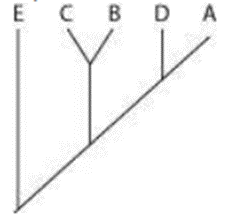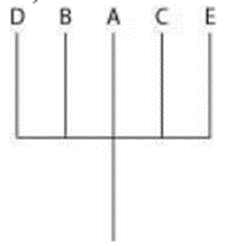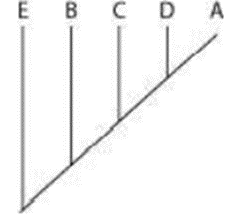#Question id: 1400
#Unit 4. Cell Communication and Cell Signaling
Which property is shared by malignant tumor cells and transformed cells in culture?
a. reduced growth factor requirement b. attachment-dependent growth
c. loss of actin microfilaments d. altered morphology
#Question id: 1401
#Unit 4. Cell Communication and Cell Signaling
Which of the following are proto-oncogenes?
a. fos b. myc c. p53 d. ras e. Rb
#Question id: 1402
#Unit 4. Cell Communication and Cell Signaling
Which of the following oncoproteins possess(es) protein kinase activity?
#Question id: 1403
#Unit 4. Cell Communication and Cell Signaling
Tumor-suppressor genes encode proteins with which of the following functions?
a. growth-promoting b. growth-arresting c. pro-apoptotic
d. anti-apoptotic e. DNA repair
#Question id: 1404
#Unit 4. Cell Communication and Cell Signaling
Which of the following are transcription factors?
#Question id: 1405
#Unit 4. Cell Communication and Cell Signaling
A gain-of-function mutation in which of the following would have the same effect as a gain-of-function mutation in Ras?




